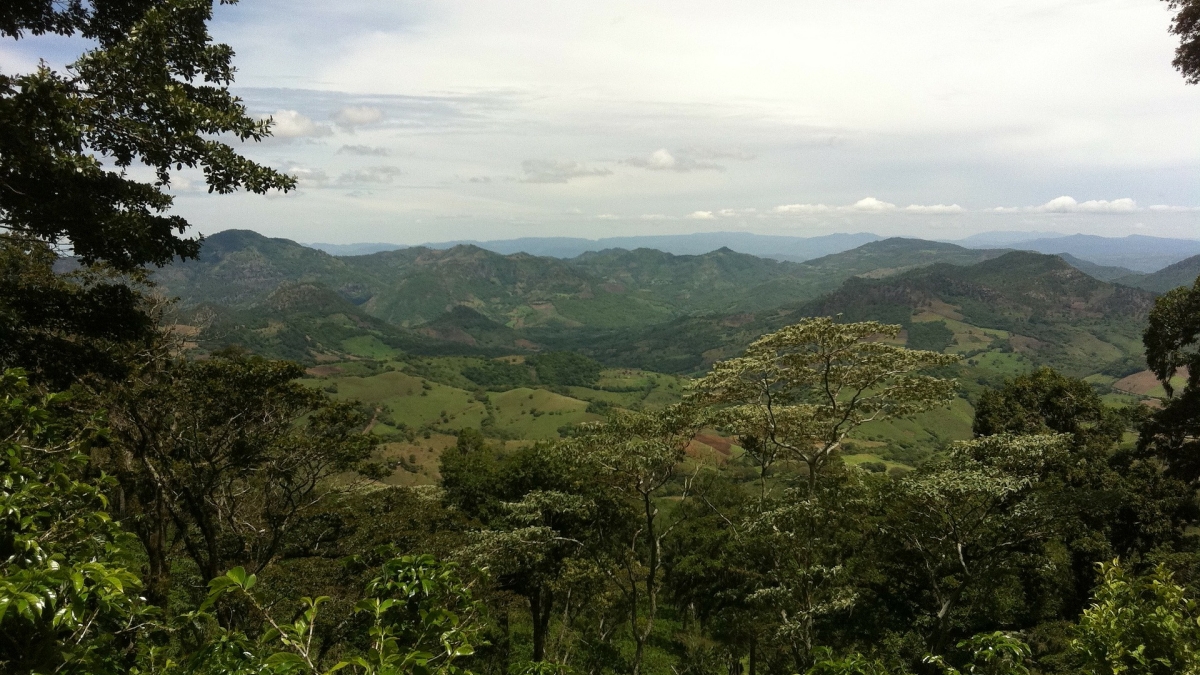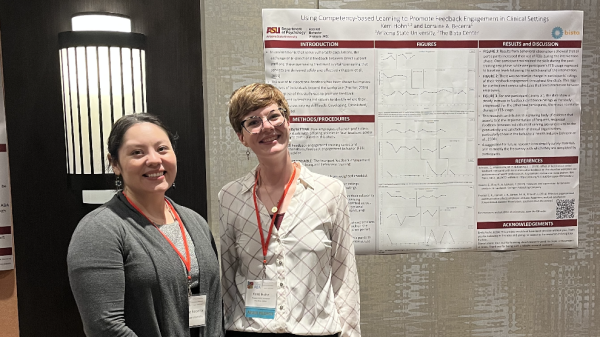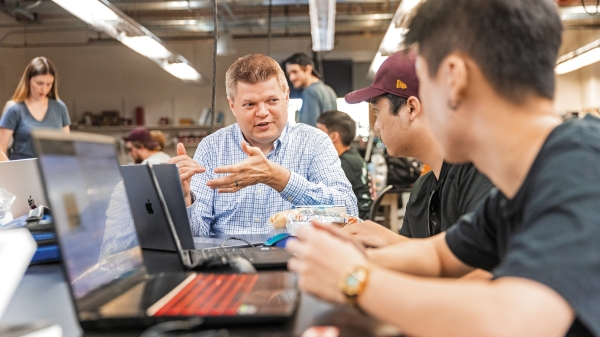ASU students meet with wildlife conservationists around the world — from Mesa
International conservation biology class goes abroad remotely

About 12 years ago in Russia, wildlife conservation biologist Adam Stein was involved with projects on the Oriental stork.
A Russian colleague had been working on how to save the species — then numbering only about 3,000 — throughout its entire habitat from Siberia down into Manchuria, Korea and Japan. Stein observed firsthand the experience of working across borders and languages, and dealing with capacity issues and proprietary data to save a species that now numbers about 7,000.
Now, during a time where many things have changed, Stein has taken the international conservation biology class offered at Arizona State University’s College of Integrative Sciences and Arts from classroom lectures to weekly meetings with researchers from Siberia to the Solomon Islands, Nicaragua and Tanzania.
“It's been a great opportunity for the students just to really see how these different cultures work, to get conversations with those people on the ground,” Stein said.
The combination of being isolated with new meeting technology offered a fresh opportunity to recast the class.
“We can't necessarily go to the Solomons for the week or to Tanzania for the week,” Stein said. “And we can't cram all that into the semester. And so what better way than to just take this technology and say, this is the best way to teach this class instead of having a Westerner sit up here and talk about, you know, this is how it goes.”
The course has been offered at ASU for some time, but it’s the first time Stein has taught it. Students learn about wildlife around the world, including biogeography, biodiversity, conservation topics and the complexity of conserving wildlife in both developed and developing nations.
Stein has traveled around the world as a conservation biologist and met scores of people in the field.
“I've met a lot of different individuals at different levels of conservation and have been able to see ecosystems and conservation issues firsthand,” he said. “And when I was offered to teach this course, I said, this is a great opportunity for me to touch base with all of these colleagues from around the world. And instead of me telling the story that I've witnessed, have them firsthand tell these stories and tie it into an overall picture of how conservation works on an international level.”
Conservation biology is a rigorous science that looks at what is needed to maintain populations. What is the amount of species needed for enough genetic variability? How do we maintain that population? How do we keep that minimal viable population going? What's the dynamic area that's needed to support those organisms working within the matrix of human interactions? The international component talks about why it’s a global problem.
Stein kicked off the semester with locals who live on the edge of one of the last large wildernesses in Central America in Nicaragua, a 2,500-square-kilometer ecosystem home to the last big populations of jaguars and other large mammals. It’s vastly important for the connectivity of wildlife species that make their way from Mexico through to South America. Without that linkage, two continents are broken apart.
“It has ramifications beyond just its own borders about the connectivity of these ecosystems, and it's under threat,” Stein said. “We see that it's being undermined in the last five to 10 years. It's being degraded by deforestation, by intruders into this environment. And Nicaragua is a very poor country and doesn't invest a lot of resources into this conservation."
Initially people might assume these intruders are impoverished residents looking for opportunities, Stein said — but in fact, there are reports that the government is the driver behind it, seizing land and giving concessions to companies such as large cattle operations.
"What I think it did for the students was it kind of opened their eyes to the government may be the problem here, and why can't the people do something about that?" he said.
"These are the questions that are generated by the students ... and the feedback I've heard has really, you know, shown the complicated issues that come with that."
Top photo of Nicaragua courtesy of Pixabay.com
More Science and technology

Miss Arizona, computer science major wants to inspire children to combine code and creativity
Editor’s note: This story is part of a series of profiles of notable spring 2024 graduates. “It’s bittersweet.” That’s how Tiffany Ticlo describes reaching this milestone. In May, she will graduate…

ASU applied behavior analysis program recognized in Four Corners region
Helping students with learning disabilities succeed in school and modeling effective communication skills are just two examples of how applied behavioral analysis improves lives. Since launching…

Redefining engineering education at West Valley campus
Editor's note: This story originally appeared in the summer 2024 issue of ASU Thrive magazine. What makes the School of Integrated Engineering different from other engineering schools? We listened…